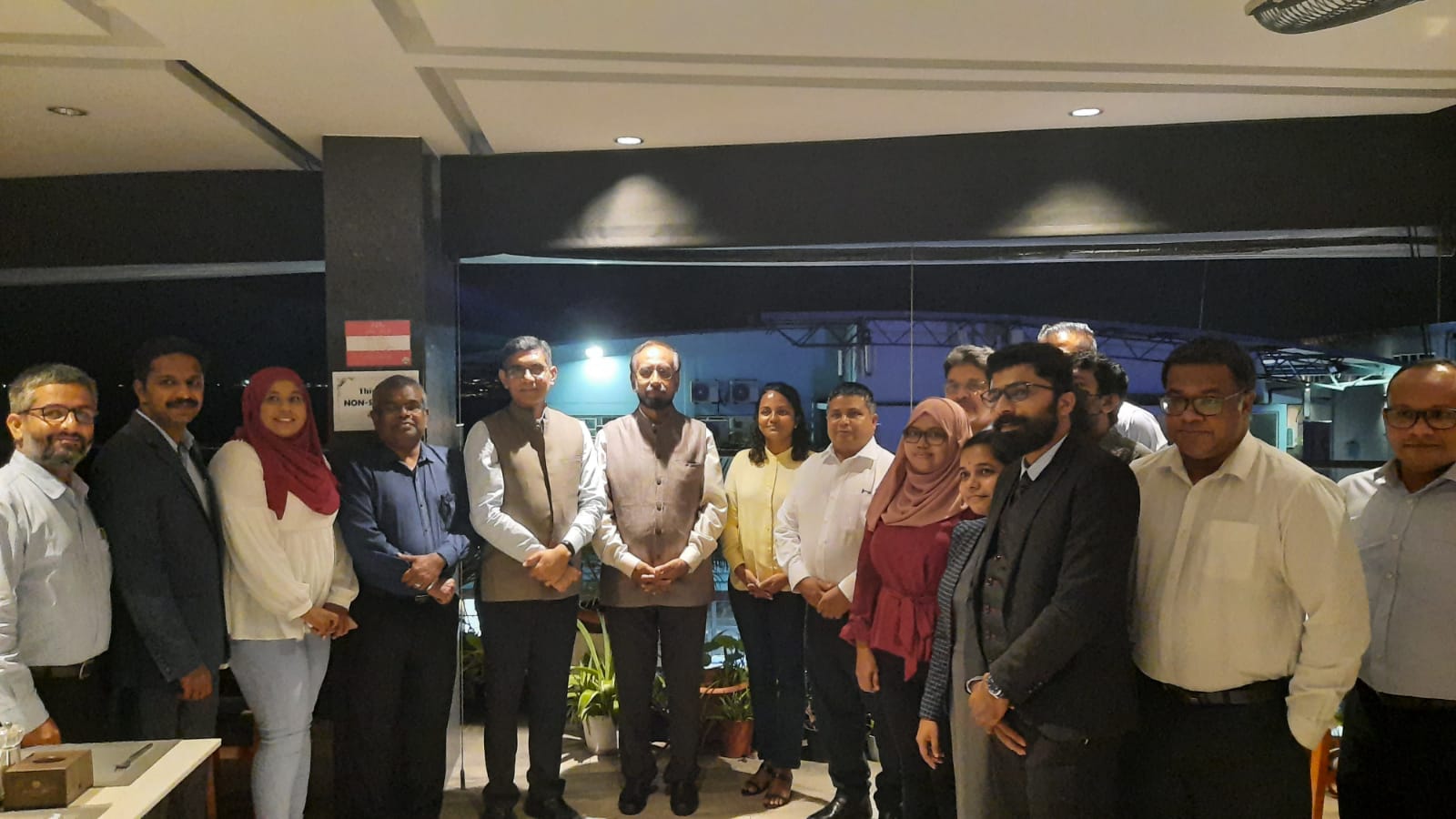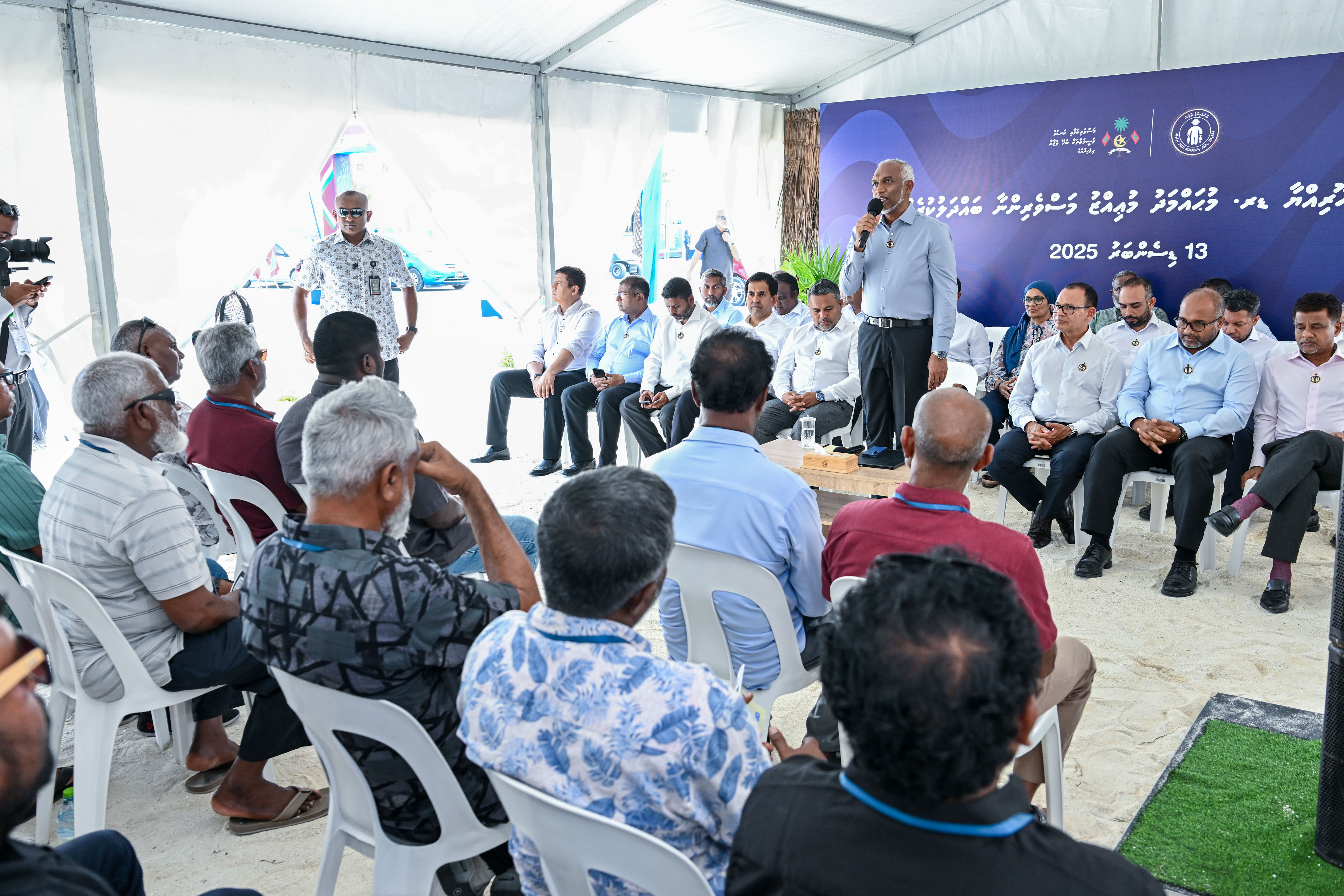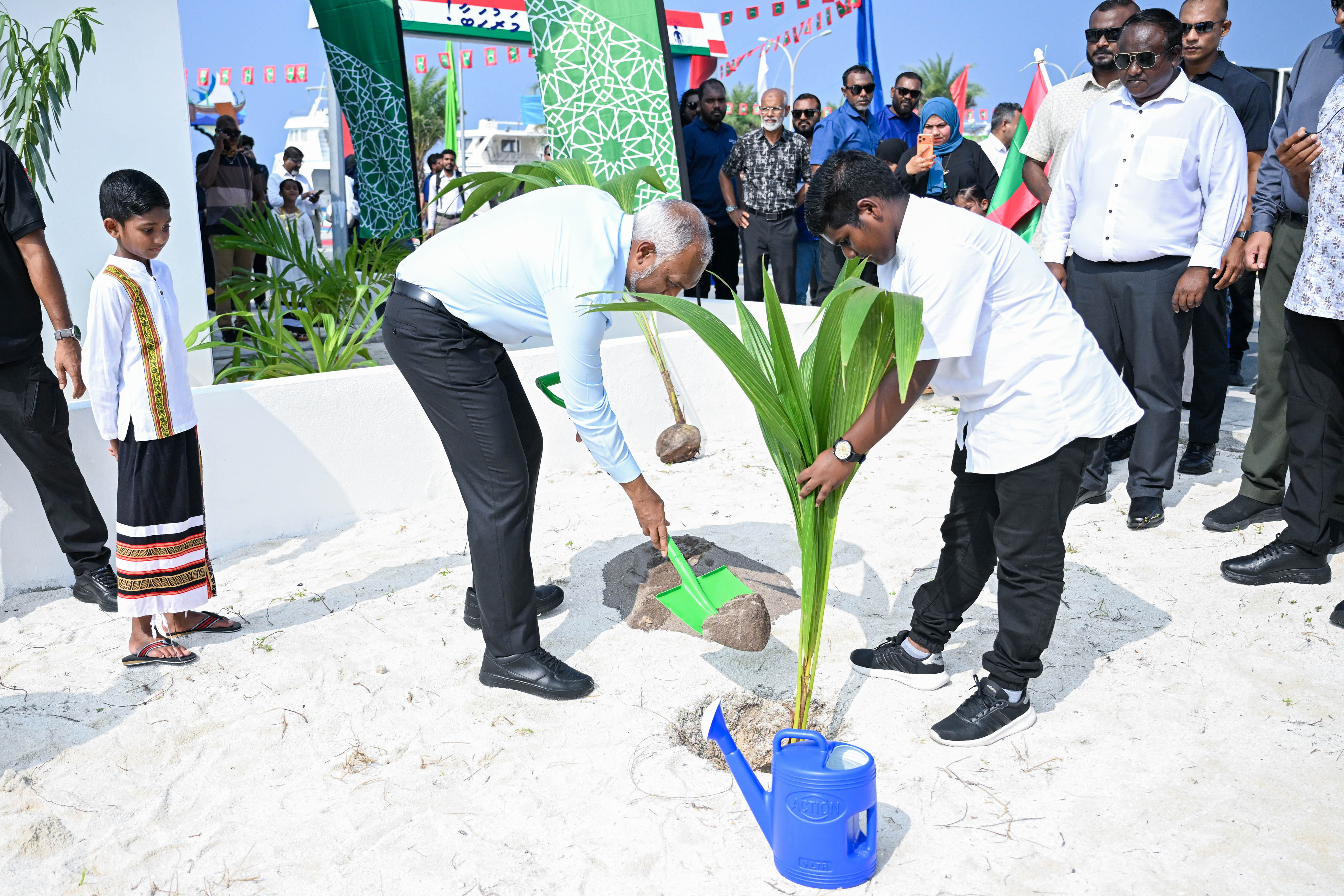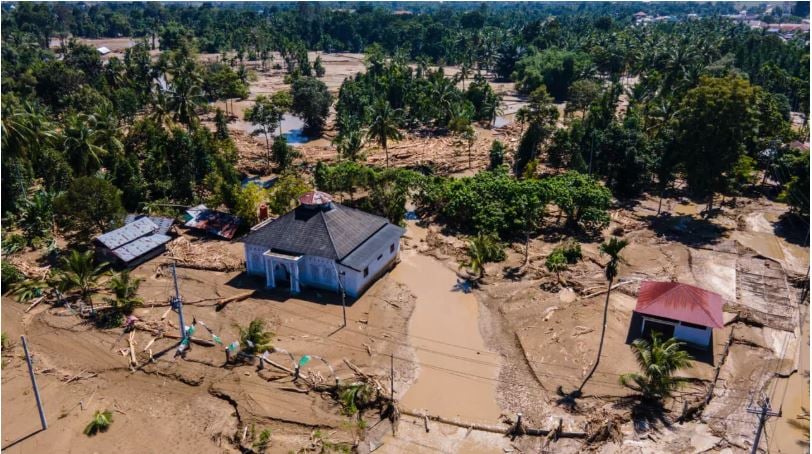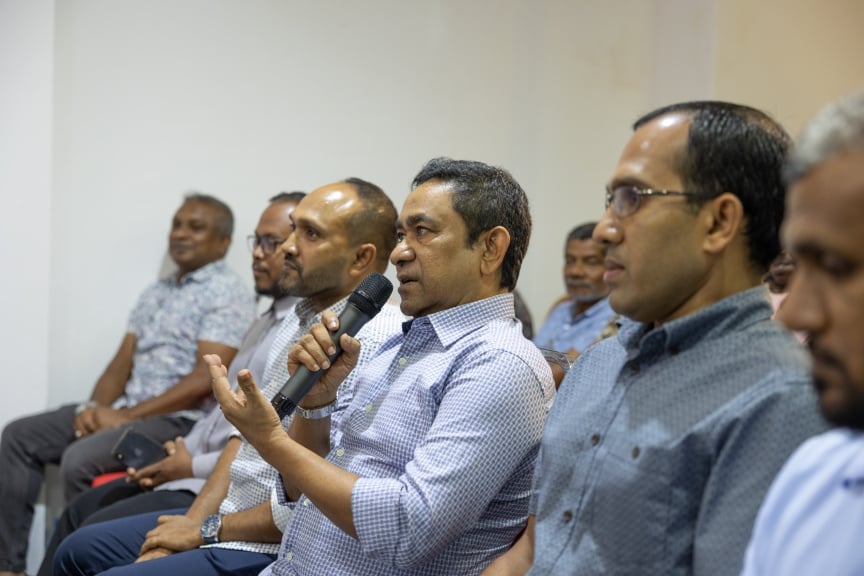A 4-member team from Cochin University of Science and Technology (CUSAT) is visiting Maldives for Mangrove Die-Off Field Investigation in the North of Maldives in collaboration with the Minister of Environment, Climate Change & Technology's Environmental Protection Agency (EPA) from 5-10 Dec 2021.
The delegation is led by Dr. Bijoy Nandan, Head of the Department of Marine Biology, Microbiology and Biochemistry, CUSAT.
The visit aims to understand and reverse the loss of mangrove forests and restore damaged and degraded mangroves back to healthful and productive wetlands.
On the first day of the visit, the delegation met with Ms. Aminath Shauna, Minister of Environment, Climate Change & Technology, Dr. Hussain Rasheed Hassan, Minister of Fisheries, Marine Resources, and Agriculture. The discussions focussed on academic collaboration between CUSAT and Maldives Institutions in various areas including fisheries technology.
The team from CUSAT and a team from EPA together will undertake field visits to 8 islands in Northern Maldives; Kelaa, Kulhudhuffushi, Keyklakunu, Vaikaradhoo, Neykurendhoo, Goidhoo, Feydhoo, Kendhikuolhudhoo, collecting plant, insects, and sediments samples for measuring environmental parameters in-situ. Then the CUSAT delegation and EPA Maldives will conduct basic analysis of samples collected from the field (isolation of fungal species and extraction of DNA, etc) at the National Lab of Maldives Food & Drug Authority (MFDA).
Prior to concluding the visit, Dr. Nandan will give a Public Lecture on "Role of Mangroves and Wetlands in Ecosystem Conservation & the present Mangrove Die-Off in the North of Maldives and presentation of results of preliminary analysis and future plans".
After concluding the visit to the Maldives and returning back, the team will scientifically analyze refined samples and shall come with a final technical report in 3-4 months, highlighting reasons for die-off besides suggesting the future course of action on management and restoration/rehabilitation of degraded mangroves.
Late last year, an agreement was finalized between CUSAT and EPA to carry out the mangrove die-off analyses to understand the cause of the large-scale die-off. Samples were sent to CUSAT in the same month. In June 2021, preliminary reports from the first analyses were received by EPA. Initial reports revealed the presence of a fungus that is weakening the mangroves. A field visit to collect further baseline investigations was recommended by CUSAT.
The delegation is led by Dr. Bijoy Nandan, Head of the Department of Marine Biology, Microbiology and Biochemistry, CUSAT.
The visit aims to understand and reverse the loss of mangrove forests and restore damaged and degraded mangroves back to healthful and productive wetlands.
On the first day of the visit, the delegation met with Ms. Aminath Shauna, Minister of Environment, Climate Change & Technology, Dr. Hussain Rasheed Hassan, Minister of Fisheries, Marine Resources, and Agriculture. The discussions focussed on academic collaboration between CUSAT and Maldives Institutions in various areas including fisheries technology.
The team from CUSAT and a team from EPA together will undertake field visits to 8 islands in Northern Maldives; Kelaa, Kulhudhuffushi, Keyklakunu, Vaikaradhoo, Neykurendhoo, Goidhoo, Feydhoo, Kendhikuolhudhoo, collecting plant, insects, and sediments samples for measuring environmental parameters in-situ. Then the CUSAT delegation and EPA Maldives will conduct basic analysis of samples collected from the field (isolation of fungal species and extraction of DNA, etc) at the National Lab of Maldives Food & Drug Authority (MFDA).
Prior to concluding the visit, Dr. Nandan will give a Public Lecture on "Role of Mangroves and Wetlands in Ecosystem Conservation & the present Mangrove Die-Off in the North of Maldives and presentation of results of preliminary analysis and future plans".
After concluding the visit to the Maldives and returning back, the team will scientifically analyze refined samples and shall come with a final technical report in 3-4 months, highlighting reasons for die-off besides suggesting the future course of action on management and restoration/rehabilitation of degraded mangroves.
Late last year, an agreement was finalized between CUSAT and EPA to carry out the mangrove die-off analyses to understand the cause of the large-scale die-off. Samples were sent to CUSAT in the same month. In June 2021, preliminary reports from the first analyses were received by EPA. Initial reports revealed the presence of a fungus that is weakening the mangroves. A field visit to collect further baseline investigations was recommended by CUSAT.





